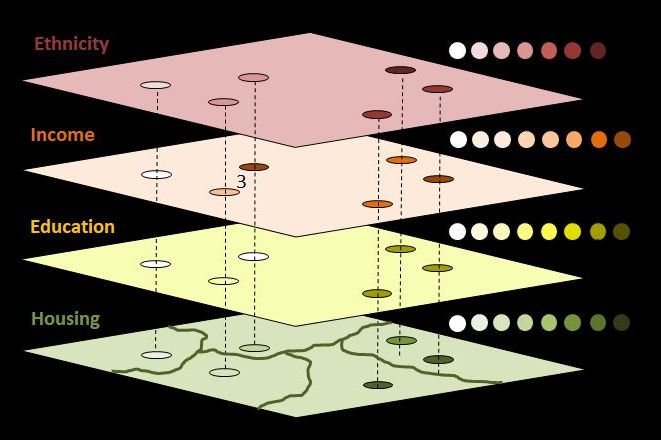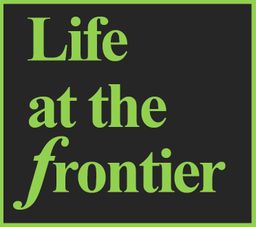Social Frontiers Theory & Literature
What are social frontiers? How do we define them and why are they important? Social frontiers remain a relatively unexplored area of segregation research and there are rich avenues of conceptualisation and taxonomy to be explored.

Definging & Conceptualising Social Frontiers
Social frontiers represent sharp spatial differences in the make-up of adjacent residential communities. They represent territorial boundaries between local communities as perceived by those that live there.
Social frontiers relate to spatial boundaries between groups rather than, say, conceptual boundaries defining ethnicity (Wimmer, 2008), or the social boundaries between migrants and the ethnic majority (Alba 2005).

Theorising the Impact of Social Frontiers on Migrants & Non-Migrants
Social frontiers entail an absence of bridge-builders--households that connect both sides of the divide. Social frontiers also represent an interface between communities that minimises the potential for contact. The potential long run impact of social frontiers is to reinforce territorial and defensive behaviour, potentially leading to greater conflict and division.

Multiscale & Multidiminsional Social Frontiers
Social frontiers represent spatial discontinuities that can be conceptualised and measured at multiple spatial scales. Social frontiers can also be defined in multiple dimensions such as ethnicity, income, wealth, educational achievement, and housing.

